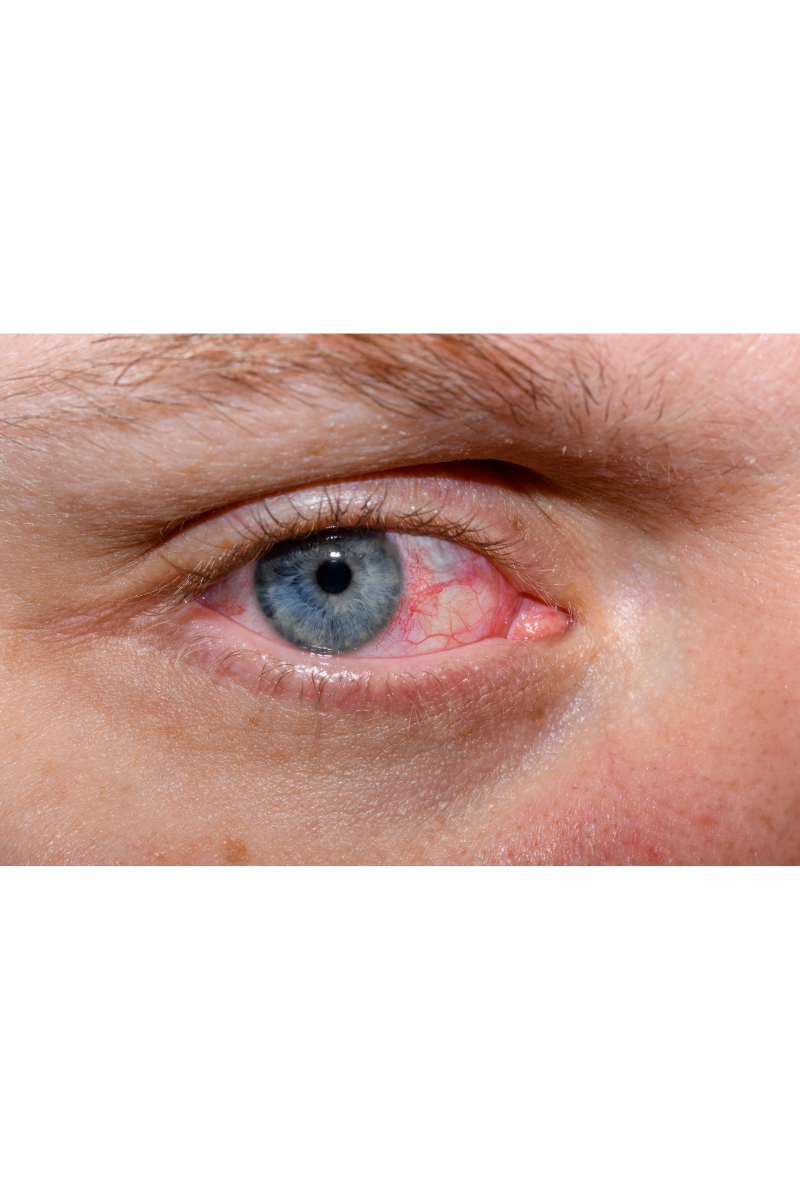Navigating the Multifaceted Landscape of Dry Eye Syndrome
Introduction
Welcome to Byedryeyes.com, your go-to resource for all things related to dry eye syndrome. If you've ever experienced the discomfort of dry, irritated eyes, you're not alone. Dry eye syndrome affects millions of people worldwide and comes in various forms, each with its own set of symptoms and underlying causes. In this article, we'll delve into the six different types of dry eye, shedding light on their nuances and offering insights into effective management strategies.
1. Evaporative Dry Eye
One of the most common types of dry eye, evaporative dry eye occurs when the tears evaporate too quickly due to inadequate lipid (oil) layer in the tear film. This can result from meibomian gland dysfunction (MGD), where the glands responsible for producing the lipid layer become blocked or dysfunctional. Symptoms may include burning, stinging, and fluctuating vision.
2. Aqueous-Deficient Dry Eye
In aqueous-deficient dry eye, the lacrimal glands fail to produce enough watery component of tears, leading to an imbalance in tear composition. This type of dry eye can be caused by autoimmune conditions such as Sjögren's syndrome, hormonal changes, or aging. Symptoms often include a gritty sensation, redness, and blurred vision.
3. Mixed Dry Eye
As the name suggests, mixed dry eye involves a combination of evaporative and aqueous-deficient mechanisms. This type of dry eye is common, especially in older adults, and may present with a diverse range of symptoms, including dryness, discomfort, and occasional tearing.
4. Non-Sjögren's Aqueous Tear Deficiency
Non-Sjögren's aqueous tear deficiency refers to a type of dry eye characterized by insufficient tear production but without the presence of Sjögren's syndrome, an autoimmune disorder. This subtype often occurs due to aging or certain medications that can interfere with tear production. Symptoms typically include dryness, itching, and sensitivity to light.
5. Neurotrophic Keratopathy
Neurotrophic keratopathy is a less common but potentially severe form of dry eye that results from damage to the nerves that innervate the cornea. This nerve damage can impair the cornea's ability to sense and respond to dryness, leading to delayed wound healing, corneal ulcers, and vision loss if left untreated.
6. Lid-Parallel Conjunctival Folds (LIPCOF)
Lid-parallel conjunctival folds, or LIPCOF, are a distinct clinical sign associated with evaporative dry eye. These parallel folds in the conjunctiva (the clear membrane covering the white part of the eye) are indicative of meibomian gland dysfunction and can contribute to symptoms such as irritation, redness, and foreign body sensation.
Conclusion
Dry eye syndrome is a multifaceted condition with various underlying mechanisms and clinical presentations. Understanding the different types of dry eye is crucial for accurate diagnosis and targeted treatment. Whether you're grappling with evaporative, aqueous-deficient, mixed dry eye, or another subtype, remember that effective management often requires a personalized approach tailored to your specific symptoms and contributing factors. Stay tuned to Byedryeyes.com for more informative articles, tips, and resources to help you conquer dry eye and reclaim comfort and clarity in your vision.

